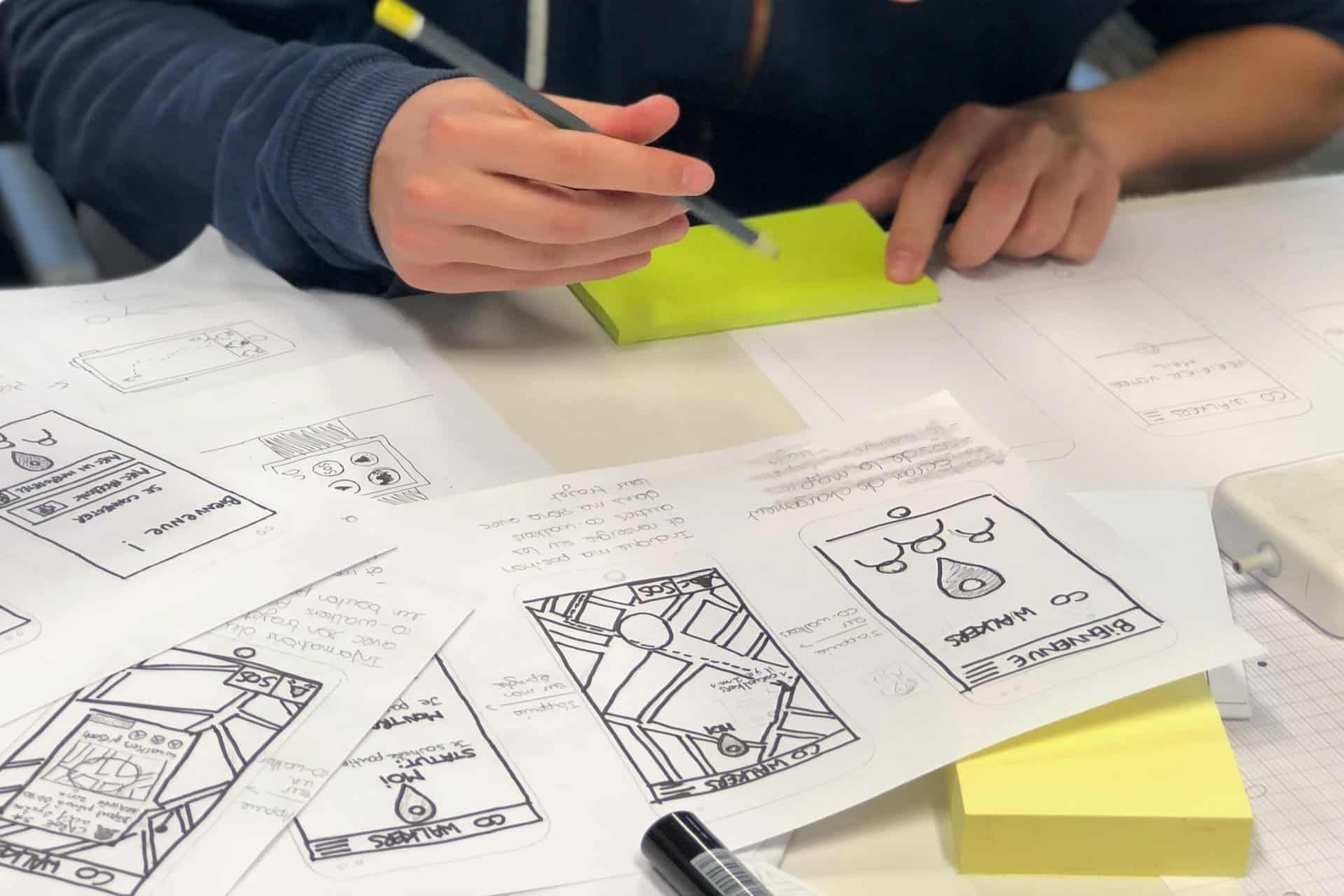
Steps to Take Before Manufacturing a Prototype
April 11, 2023 - Ellie Gabel
Revolutionized is reader-supported. When you buy through links on our site, we may earn an affiliate commission. Learn more here.
Manufacturing a prototype is a crucial step that gets companies closer to mass production. However, company leaders must engage in several steps before creating a functional prototype. Taking care of those necessities first helps pave the way for success later. Here are some actions not to overlook.
Take Time to Understand the Market’s Needs
Start by understanding how your prototype would help the target market. Often, that means determining how the product can meet an unfilled or poorly addressed need. Alternatively, maybe you’re part of a company working on behalf of a client that needs help manufacturing a prototype.
In that second case, your primary role is to engage in deep discussions with the client to determine their goals, hopes and overall expectations. What benefit do they hope to bring to the people who’ll eventually buy their products?
Another thing to consider is that the product may have multiple audiences, each with different needs. For example, a National Institutes of Health team developed a prototype that monitors the placenta’s oxygen level to detect potential pregnancy complications.
In that case, health care providers and pregnant people are both groups that would understandably be interested in the device if it reaches a mass-production stage. However, both of them may understandably feel hesitant about using something new. That’s why any discussions about designing and manufacturing a prototype of this sort should focus on things like safety and usability.
Begin Visualizing the Prototype
There are two broad categories of prototypes: High-fidelity and low-fidelity options. The low-fidelity ones are the design drawings. The fact that all a person needs to participate in a low-fidelity prototype greatly reduces the barrier to entry. There’s no need for them to learn specialized design software or even have extensive knowledge of product design principles. It’s then easier for people from various backgrounds to participate and feel confident doing so.
Then, high-fidelity prototypes are those that occur once a company is much closer to manufacturing a prototype. They’re usually highly interactive, heavily focused on the user experience and designed with specialized software. Some products also call for highly detailed drawings. People rely on those when creating prototypes for robots, for example.
Any visualizations made of products prior to prototyping are extremely valuable because they help designers, manufacturers and other professionals work out critical details before it’s too late. For example, where will wires pass through, which part of the design will hold the battery, and what are the specific dimensions for particular components?
Conduct the Necessary Research to Show Feasibility
Many ideas seem great in people’s minds or during discussions, but they aren’t as practical in real life. That’s why people must determine whether the product works as intended before manufacturing a prototype. That often happens within research labs, as people gather data they eventually use for a proof of concept.
This phase of the development process often also includes specific tests that show the proposed product can withstand the rigors of expected usage without premature failures. It also may include having a small segment of the intended users try the product and see if they encounter any functionality problems or other issues.
If most of the feasibility tests occur in research labs, those taking part often recognize the challenges of scaling up a product for mainstream production and use. However, if the lab experiments show it’s worthwhile to continue pursuing the steps necessary for manufacturing a prototype, those outcomes can be enough to get the public — and investors — interested.
Consider a recent case where Lenovo debuted a laptop screen that can change size at Mobile World Congress. Its initial size is 12.7 inches, but people can press a button to unroll the screen, making it have a screen size of 15.3 inches. It was just a proof of concept, but Lenovo representatives reportedly said they prefer making proof of concepts for products they hope to sell.
This example shows how evidence of feasibility can also position companies as being on the cutting edge of progress. If a proof of concept generates enough attention, it could become much easier to get to the point of manufacturing a prototype.
Determine If You Need Help Manufacturing a Prototype
It’s now a good time for the people involved to figure out if they can create the prototype with their existing in-house resources or if it’s best to let other, better-equipped companies or organizations assist.
Deciding it’s best to get help is often what organizations and people do when it’s clear that manufacturing is not their primary focus, but something that must be engaged in to reach a broader aim.
A recent case of letting other companies take care of manufacturing a prototype came when the U.S. Army awarded contracts to three businesses to build prototypes of common tactical trucks. Each company will build three prototypes of three different truck models. Having several versions will allow Army representatives to evaluate the possibilities and consider which options best suit their current and future needs.
They’ll also be able to look at each model in terms of things like affordability, which is reportedly a significant factor under consideration for this project. When costs are a concern, people can look into working with a 3D-printing company to have the prototype made.
Speed is one of the main advantages of manufacturing a prototype with 3D printing versus traditional methods. Using it often allows for making multiple versions of products in a short time. Each one typically has slight differences, allowing companies or clients to see which ones work well and which need further development.
Decide the Kind of Prototype Needed
The manufacturing industry frequently uses several types of prototypes. That’s why it’s insufficient for a company or client to merely decide to manufacture a prototype. They must also go further and select the appropriate type.
Some of the most common manufacturing prototypes are:
Concept: These prototypes test and validate product concepts. They represent a basic form of the product that manufacturers can study before making further refinements. These early prototypes also help prove feasibility.
Engineering: People build engineering prototypes when they want to check a product’s design and engineering, and see if it functions as expected. These prototypes help manufacturers see how their products would work in real-life settings, allowing them to identify problems sooner.
Pre-Production Prototyping: The purpose of these prototypes is to ensure the product can be manufactured quickly and at scale. Since people usually create these prototypes with the same materials and processes as the products they want to make, it’s easier for them to pinpoint obstacles and overcome them before production begins.
Most manufacturers and clients who need prototypes will probably have each of these types made at some point in their overall process. So, the main question to answer is which one of them is the most appropriate for the current prototyping stage.
Manufacturing a Prototype Correctly Creates Success
It should now be clear that numerous things must occur before people begin manufacturing a prototype. Some of these steps may seem frustrating when individuals are eager to get their products on the market and start generating profits from them.
However, prototypes verify that the proposed products will work as expected and that manufacturing can happen without significant difficulties. They’re valuable for showing people the possible issues, allowing them to address them before it’s too late. Taking these steps before making physical prototypes builds the necessary foundation for success.
Revolutionized is reader-supported. When you buy through links on our site, we may earn an affiliate commission. Learn more here.
Author
Ellie Gabel
Ellie Gabel is a science writer specializing in astronomy and environmental science and is the Associate Editor of Revolutionized. Ellie's love of science stems from reading Richard Dawkins books and her favorite science magazines as a child, where she fell in love with the experiments included in each edition.






